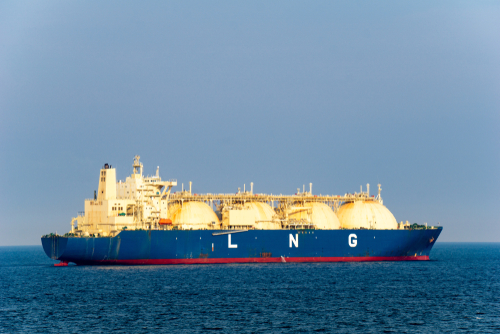Natural gas exports jump higher in first half 2018

Through the first half of 2018, net natural gas exports from the United States averaged 0.87 billion cubic feet per day (Bcf/d), which is about twice the 0.34 Bcf/d average for 2017, according to the U.S. Energy Information Administration.
In 2017, the U.S. became a net natural gas exporter for the first time in almost 60 years. That trend continues in 2018 as the United States continued to export more natural gas than it imports in the first half of 2018. January was the only month this year so far that the United States was not a net exporter of natural gas.
U.S. exports of liquefied natural gas (LNG) rose 58 percent through the first six months of 2018 compared to the same period the previous year. LNG exports average 2.72 Bcf/d in the first half of the year.
On the other hand, U.S. natural gas pipeline import and export volumes have either remained relatively flat or declined in 2018. Exports of natural gas by pipeline to Mexico grew about 4 percent, while exports of natural gas by pipeline to Canada dropped roughly 14 percent. Most of the declines occurred in deliveries from St. Clair, Michigan, to the Dawn hub in Ontario, Canada. However, eastbound flows on the TransCanada Mainline from western Canada increased by 0.26 Bcf/d from 2017 as tolls on the pipeline were lowered this year.
EIA projects that net natural gas exports will continue to rise through the end of 2018 as more LNG export capacity comes online and as natural gas infrastructure goes into service in Mexico. Net natural gas exports are expected to average 2.0 Bcf/d in 2018 and 5.8 Bcf/d in 2019.
